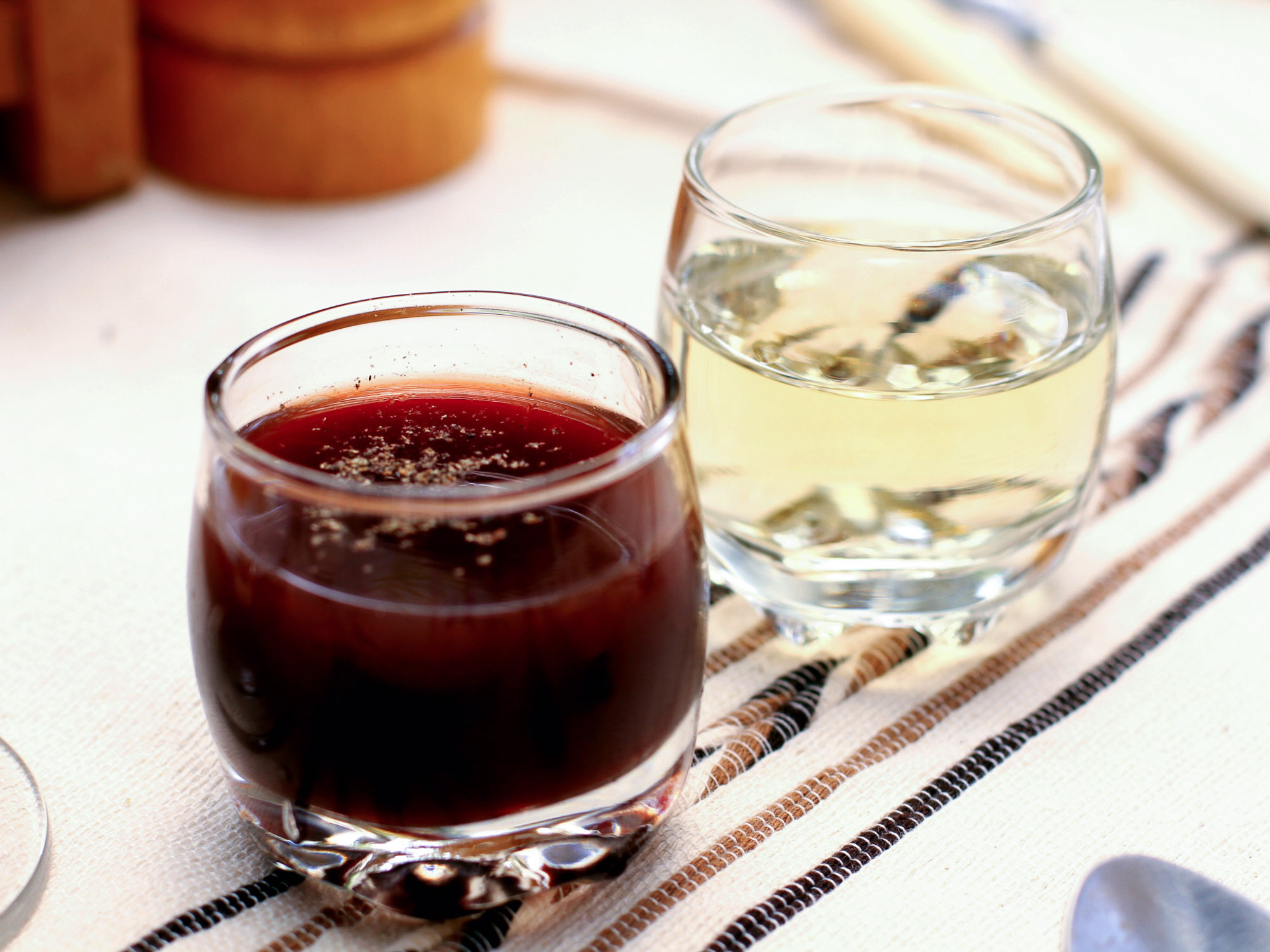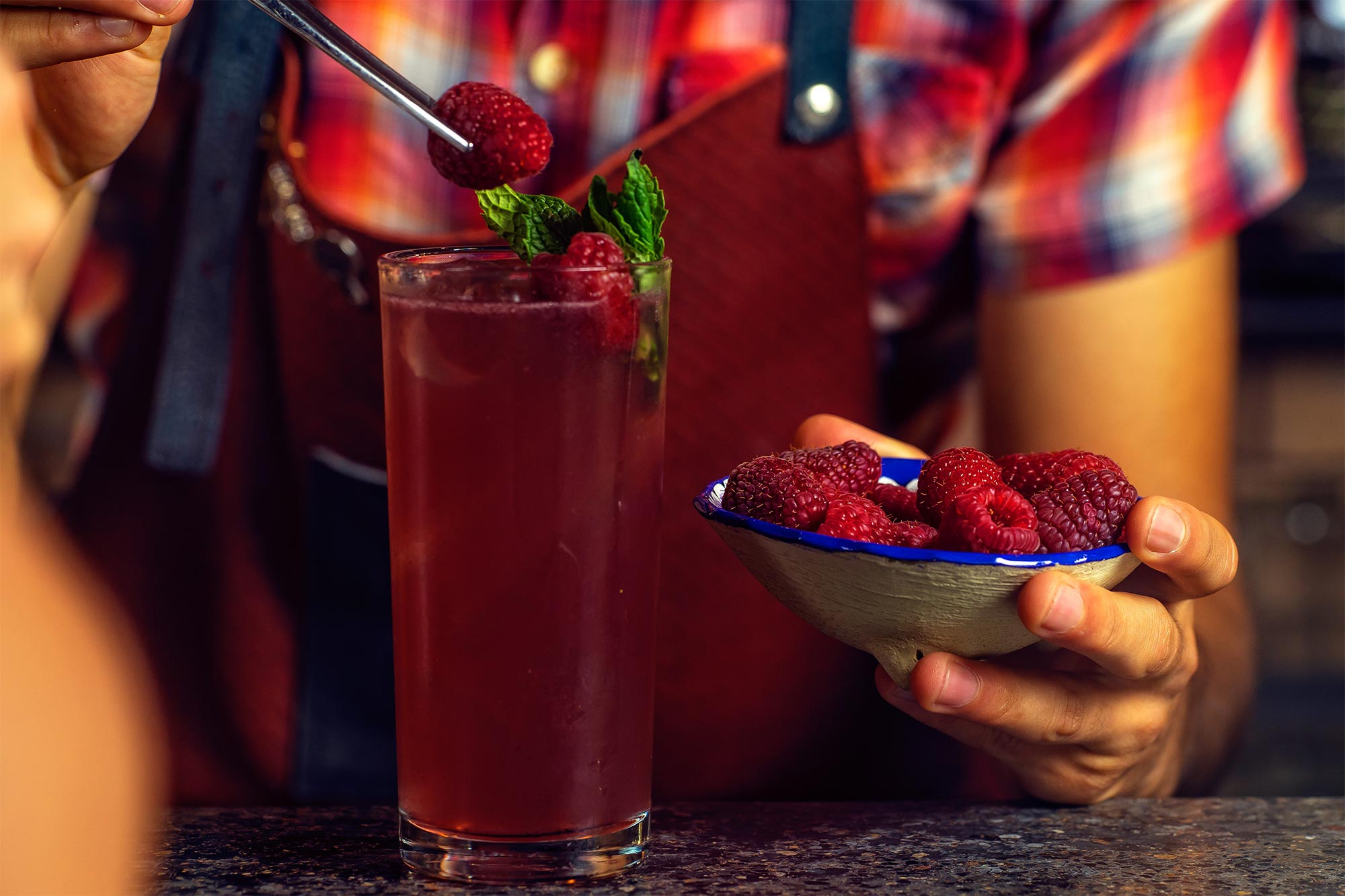Tequila vs Mezcal
Although many of us have a familiarity with tequila, there’s really quite a bit to know about this Mexican liquor—as well as its father, mezcal. “Father?” you might ask. Yes, mezcal is like a father to tequila because, technically, tequila is a type of mezcal. Mezcal is produced from the agave plant, and—seeing as tequila is made from one specific type of agave (blue agave)—it falls under the mezcal category.
So what makes the two taste so different, and why are there so many different variations of each? Great questions. Let’s start sipping.

Tequila
Growing up, many of us thought tequila was the cheap blanco stuff (like those bottles with a worm in it—a marketing ploy, by the way). You may have bad memories, and probably for good reason: what you were drinking was most likely not 100% agave tequila. Cheaper tequilas—called “mixtos”—can be as little as 51% agave alcohol, the rest coming from other, cheap alcohols (hello, hangover). When it comes to 100% agave tequila, there are three different types: blanco, reposado and añejo; each is produced and drunk in a particular way.
Tequila blanco, or silver tequila, is aged for less than 60 days, and sometimes it’s bottled immediately after the distillation process. Blanco is what’s usually used in mixed drinks, like palomas, margaritas, etc. Reposado, on the other hand, literally means “restful”, meaning it is aged in a cask for 60 days to one year; this is for extra-smooth cocktails or a daily drinking tequila, sipped alongside a shot glass of sangrita. Last but not least, there’s the sipping tequila: añejo—translating to “old”—is aged in oak barrels for one to three years; extra añejo is aged four years or longer. With its flavorful, sometimes smoky taste it’s akin to sipping bourbon.
So what brands of tequila should you try while in Mexico? Seeing as you can get some of the big-name exports—Jose Cuervo, Patrón, Sauza—in other parts of the world, here are some great brands that can be hard to find outside of Mexico: Don Nacho, Tres Agaves, Fortaleza, Arette, Calle 23, and Casamigos.

Mezcal
Finally gaining some recognition in other parts of the world, mezcal, as we mentioned, is the smoky father of tequila. Why so smoky? When mezcal is produced, the piña—the heart of the agave (it resembles a pineapple)—is roasted underground, which is what gives it its signature earthy, smoky flavor.
Like tequila, the jóven (blanco), reposado, and añejo classifications also exist within the mezcal category. There are also different types of mezcal classifications based on the production process: Mezcal is made using modern, industrial equipment; Mezcal Artesanal is made using a more traditional process (pit ovens, wooden tanks, etc.); and, Mezcal Ancestral exclusively uses clay pots fueled by fire.
Mezcal can also be classified based on the type of agave used in production. Some variants include: Espadín, Tobalá, Arroqueño, Cenizo, Cuishe, Madre Cuishe, Verde, Tepeztate, Tobaziche, Baicuishe, Barril, and more.
Mezcal is meant to be sipped, not thrown back, or can be enjoyed in a cocktail. So what brands can you try? We suggest Amores, Montelobos, 400 Conejos, Mezcal Verde, Maria Feliz, Barro de Cobre, Doña Vega, El Jolgorio, Mezcal de Leyenda, Mezcal Vago, Real Minero, and Convite.
{$section.placeName}
{$section.address}
{$section.addressNotes}
{$section.description}